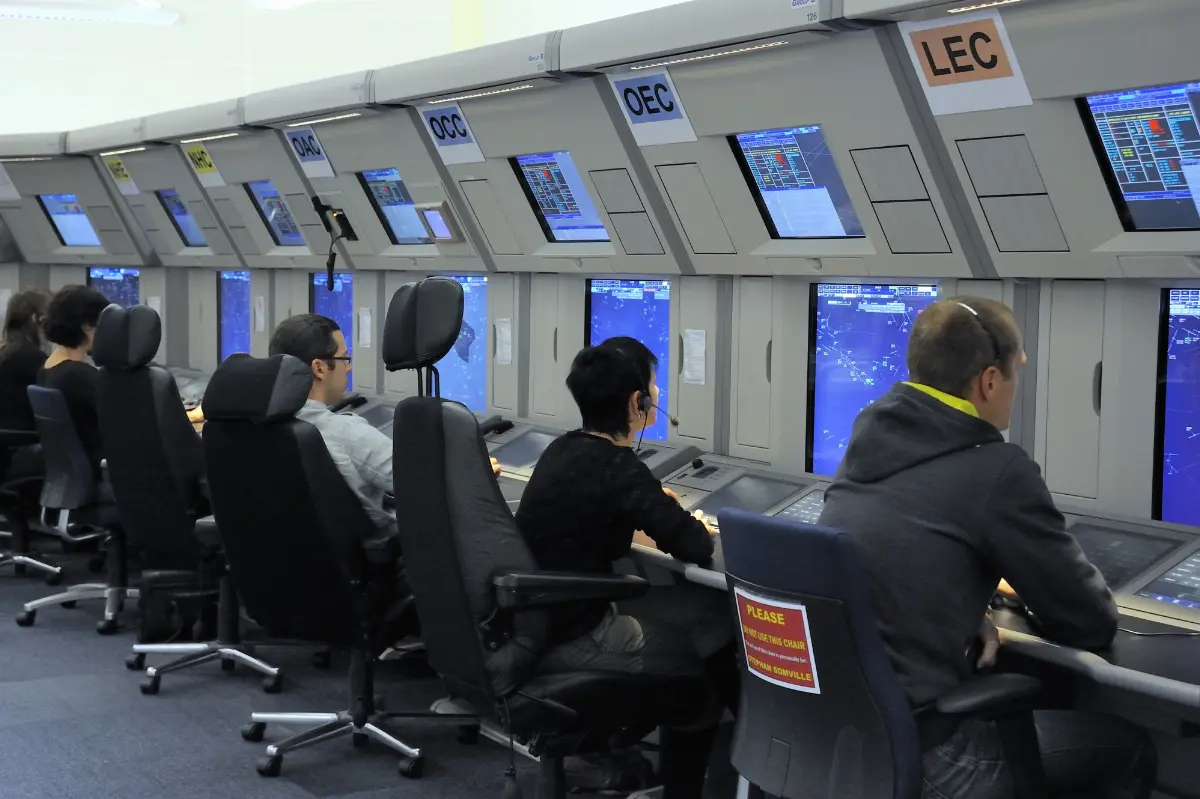
Do you want to access to this and other private contents?
Log in if you are a subscriber or click here to request service
How air traffic control is evolving
About 50 years after the adoption of radar and radio technology, the service is increasingly automated

The Air Traffic Control service today is increasingly automated and has thousands of operators. But it all started over 100 years ago with a man and a flag guiding the pilots of the planes during take-off and landing. We remember this on the occasion of the International Air Traffic Controller Day, promoted by the International Federation of Air Traffic Controllers Associations (Ifatca), which is celebrated...
Gic - 1247537
AVIONEWS - World Aeronautical Press Agency
AVIONEWS - World Aeronautical Press Agency